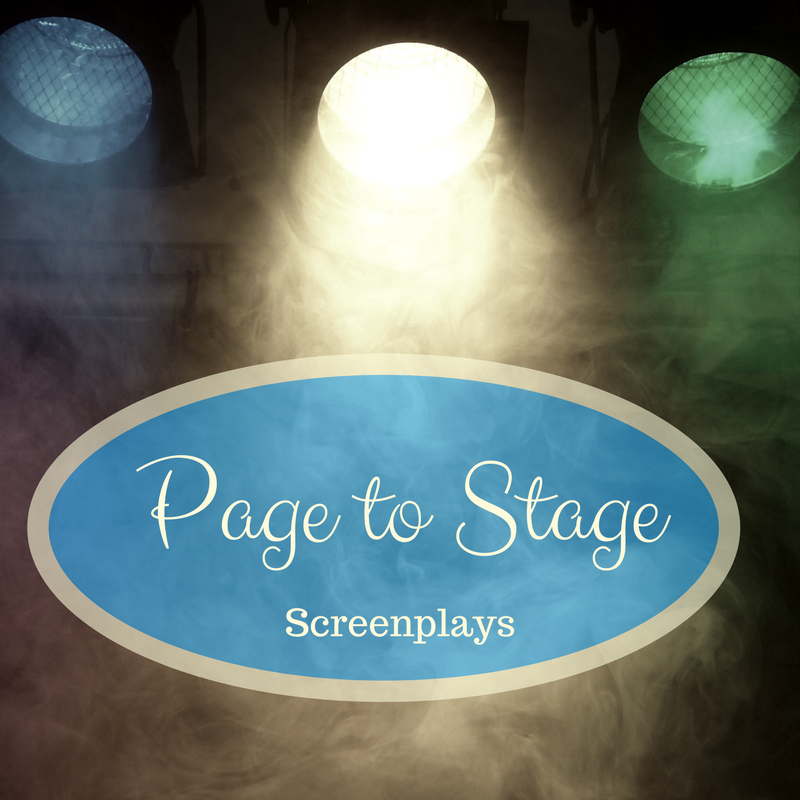Tight writing has its place and purpose in all forms of writing, but more so in a screenplay. When writers leave more “white space” on a page, there is less clutter to distract our eyes, which means a clearer and faster read. Below are some examples of unnecessary clutter in writing.
- Unnecessary or excessive exposition
- Wordy dialogue
- Unnecessary camera angles or transitions (in screenwriting)
Talented writers know how to maximize a page’s real estate: say more by writing less, respect the audience by letting them fill in the blanks, and let the actors act and directors direct the action.
Our job as screenwriters is just to lay a blueprint for the plot to follow, then get out of the way and let everyone else do their job. Therefore, we need to master the art of tight writing.
Tight Writing!
Most writers understand that tight writing means by using as few words as possible. While there are no rules in screenwriting, conventions and expectations need to be respected: page count, pace, and plot points for genres must tell a clear, well-flowing narrative.
A three or five-act structure is usually used to tell a complete story. The structures aren’t set in stone but act as a guideline to help direct a movie’s action.
These guidelines work as boundaries that allow us to color in the blanks like a coloring book. The lines can separate the picture from the white space. Writers can get more bang for the buck by tightening up their writing to fill in the blanks and not go outside the lines.
Just like with a coloring book, when we clutter up the white space, it makes it harder to see the picture.
Eight tips from Script Lab to help tighten your screenplay.
- Cut handles-any piece of speech that doesn’t help reveal character or develop story.
- Eliminate gerunds from action lines-words ending in “ing” often function as nouns. Essentially, gerunds denote ongoing processes, and they’re not useful in screenwriting because we want you to tell us the active situation, not a process.
- Double check – do I need this?- If a word or phrase isn’t essential to the story, then you can cut it out without confusing the reader audience.
- For action lines, find the focus of the image, not the specifics- If it feels like you must write several sentences to communicate an idea, take a step back and consider what emotion or revealing activity you’re explaining. Is there a more concise image that does the same thing?
- If your line barely runs into the next, consider shorter synonyms for your words – If you can save an entire line of a page by using a shorter synonym, do it. It really adds up.
- Combine sentences to cut down on punctuation– As above, this kind of editing can really help cut down on space. Best of all, if two sentences are communicating the same idea, completely eliminate one of them.
- Remove unhelpful ornament- Adjectives are fun, varied, evocative, and overused. If an adjective isn’t absolutely necessary, delete it. This goes for every word, but adjectives tend to crop up in scripts.
- Void via negativa- Say what something is instead of saying what it is not. Don’t describe what someone doesn’t do. Instead, write their action as clearly as possible.
Following these tips helps to create a tighter story in your screenplay. The benefits are endless, but the most obvious of a tighter script is a more enjoyable read, which creates a more focused story and focus is powerful in storytelling!
Stay Focused!
Filmmakers know a tighter script lends itself to a more powerful story that makes the story easier to follow and keeps the audience’s attention. This also gives a more focused message without a lot of exposition to digest, which allows the audience and reader to enjoy the journey.
When writers fail to use tight writing, it forces the studio to spend more time editing. Below are a few movies where studios utilized excellent editing to make the movie better.
A screenwriter’s goal is to tell a powerful story that causes change in both the characters and the audience watching them.
“A story is a series of acts that build to a last act climax or story climax which brings about absolute and irreversible change.”
Robert McKee
Great writers use tight writing to not only change the characters of their story, but also the audience.

Martin Johnson survived a severe car accident with a (T.B.I.) Traumatic brain injury which left him legally blind and partially paralyzed on the left side. He is an award-winning Christian screenwriter who has recently finished his first Christian nonfiction book. Martin has spent the last nine years volunteering as an ambassador and promoter for Promise Keepers ministries. While speaking to local men’s ministries he shares his testimony. He explains The Jesus Paradigm and how following Jesus changes what matters most in our lives. Martin lives in a Georgia and connects with readers at MartinThomasJonhson.com and on Twitter at mtjohnson51.





No Comments